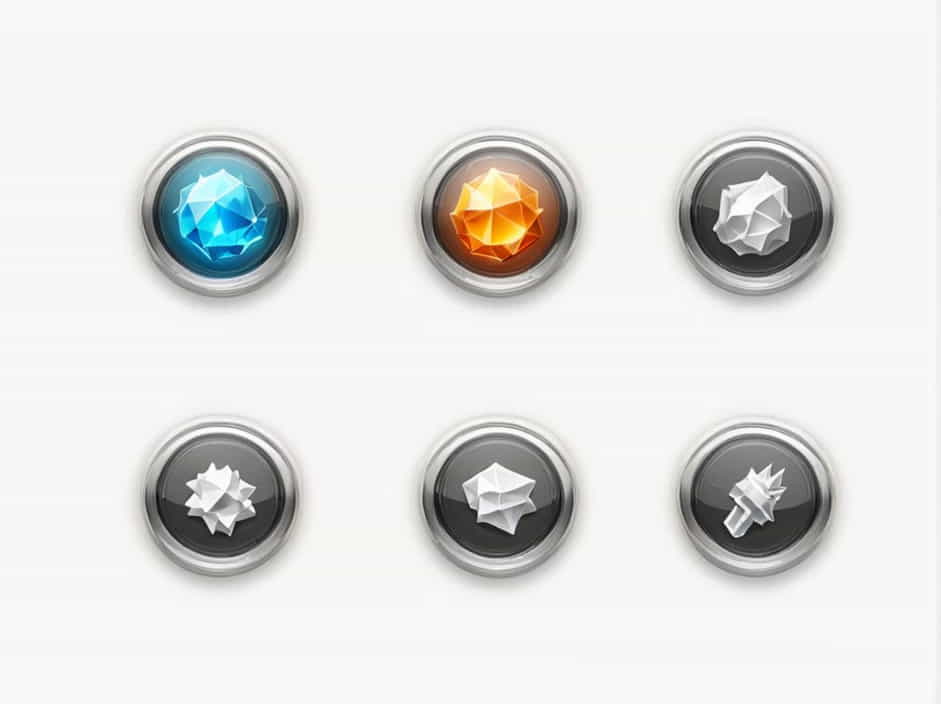The Earth’s structure is divided into different layers, each with unique properties that influence geological activity. Two important layers within the Earth’s interior are the lithosphere and the asthenosphere. These layers play a crucial role in plate tectonics, earthquakes, and volcanic activity.
The lithosphere is the rigid outermost shell of the Earth, while the asthenosphere is a softer, partially molten layer beneath it. Understanding their differences helps explain how Earth’s crust moves and how geological events occur.
1. What Is the Lithosphere?
A. Definition of Lithosphere
The lithosphere is the solid outer layer of the Earth. It includes:
- The crust (continental and oceanic)
- The uppermost part of the mantle
It is rigid and brittle, meaning it can break under pressure, causing earthquakes.
B. Characteristics of the Lithosphere
- Rigid and Solid – Unlike the layers beneath it, the lithosphere is strong and does not flow.
- Varies in Thickness – It is thicker under continents (about 100 km) and thinner under oceans (about 50 km).
- Divided into Tectonic Plates – The lithosphere is broken into large and small plates that move over the asthenosphere.
- Supports Life – The lithosphere includes the Earth’s surface where plants, animals, and humans live.
C. Composition of the Lithosphere
- Continental Crust – Made mostly of granite, less dense but thicker.
- Oceanic Crust – Made mostly of basalt, denser but thinner.
- Upper Mantle – Composed of silicate minerals rich in iron and magnesium.
2. What Is the Asthenosphere?
A. Definition of Asthenosphere
The asthenosphere is a semi-fluid layer located beneath the lithosphere. It extends from about 100 km to 250 km below the Earth’s surface.
This layer is partially molten and allows the lithosphere to move over it, driving plate tectonics.
B. Characteristics of the Asthenosphere
- Ductile and Flowing – Unlike the rigid lithosphere, the asthenosphere is flexible and can slowly flow like soft plastic.
- Partially Molten – It contains small amounts of melted rock, making it weaker than the layers above and below it.
- Enables Plate Movement – The convection currents in the asthenosphere push and pull the lithospheric plates.
- High Temperature and Pressure – It is hotter than the lithosphere, reaching temperatures between 1300°C and 1600°C.
C. Composition of the Asthenosphere
- Made of peridotite, a dense rock composed mainly of olivine and pyroxene.
- Heat from the Earth’s interior causes slow convection currents.
3. Key Differences Between Lithosphere and Asthenosphere
| Feature | Lithosphere | Asthenosphere |
|---|---|---|
| Location | Outermost layer of Earth | Beneath the lithosphere |
| State of Matter | Solid and rigid | Semi-solid and ductile |
| Thickness | 50-100 km | 100-250 km |
| Composition | Crust + upper mantle | Upper mantle only |
| Movement | Moves as rigid tectonic plates | Flows slowly |
| Role in Plate Tectonics | Breaks and moves as plates | Provides a slippery layer for plates to move on |
4. The Role of Lithosphere and Asthenosphere in Plate Tectonics
A. How Plates Move
- The lithosphere is divided into tectonic plates that float on the asthenosphere.
- Convection currents in the asthenosphere cause plates to move.
B. Types of Plate Movements
- Divergent Boundaries – Plates move apart, forming mid-ocean ridges.
- Convergent Boundaries – Plates collide, creating mountains or subduction zones.
- Transform Boundaries – Plates slide past each other, causing earthquakes.
5. Geological Events Related to the Lithosphere and Asthenosphere
A. Earthquakes
- Earthquakes occur in the lithosphere when stress causes rocks to break along faults.
- Movement in the asthenosphere can trigger earthquakes by shifting plates.
B. Volcanic Activity
- Magma from the asthenosphere rises through cracks in the lithosphere, causing volcanic eruptions.
- Subduction zones, where one plate sinks under another, lead to volcanic arcs.
C. Mountain Formation
- When two continental plates collide, the lithosphere folds and creates mountains (e.g., Himalayas).
- Asthenospheric convection influences mountain uplift over time.
6. The Importance of Studying Lithosphere and Asthenosphere
A. Understanding Natural Disasters
- Helps scientists predict earthquakes, volcanic eruptions, and tsunamis.
- Improves early warning systems for natural hazards.
B. Resource Exploration
- Many oil, gas, and mineral deposits are found within the lithosphere.
- Geologists study the asthenosphere to understand mantle processes and heat flow.
C. Climate and Environmental Impact
- Plate movements affect ocean currents and global climate.
- Volcanic eruptions release gases that impact Earth’s atmosphere.
7. How Scientists Study the Lithosphere and Asthenosphere
A. Seismic Waves
- Earthquakes produce seismic waves that travel through different layers.
- Scientists analyze wave speeds to determine layer composition and depth.
B. Drilling and Rock Samples
- Deep drilling projects collect rock samples from the lithosphere.
- Volcanic rocks provide clues about mantle materials.
C. Computer Simulations
- Scientists use models to simulate plate movement and mantle convection.
- These studies help predict future geological activity.
The lithosphere and asthenosphere are essential parts of Earth’s structure. The lithosphere is rigid and solid, forming Earth’s outer shell, while the asthenosphere is semi-fluid and allows plate movements. Their interaction drives plate tectonics, earthquakes, volcanic activity, and mountain formation.
Understanding these layers helps scientists predict natural disasters, explore resources, and study Earth’s long-term changes. The movement of the lithosphere over the asthenosphere shapes the planet, influencing both the landscape and life on Earth.
